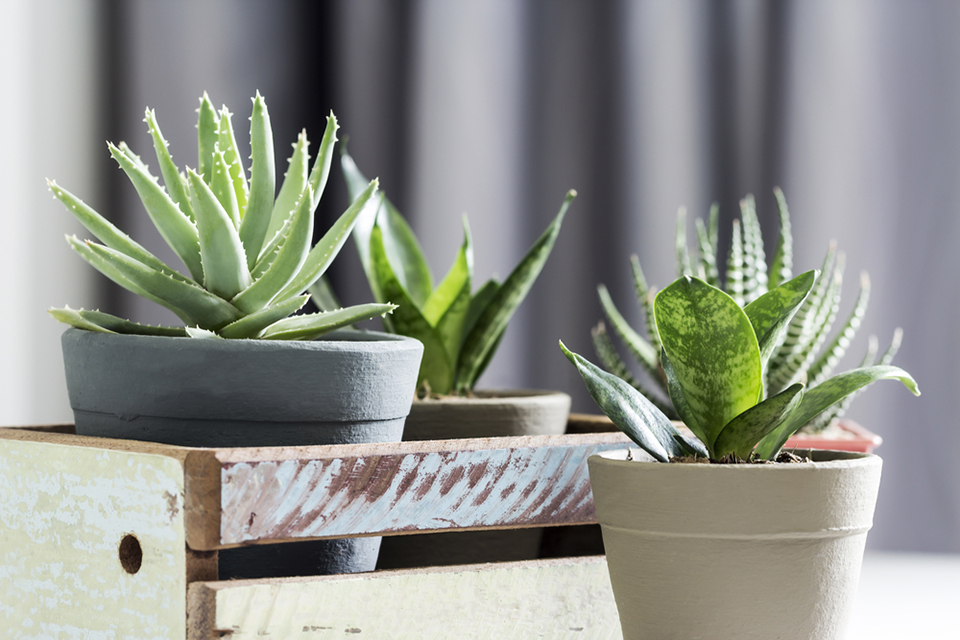
Five signs your home needs a humidity fix
How to explore energy-efficient solutions for battling excess humidity
Does your home feel a little damp? You might have a humidity problem.
Humidity is the amount of moisture in the air. Inside your home, this moisture can be created by ordinary household activities, such as cooking, showering and doing laundry. While a certain amount of humidity is good, too much can damage your home and make it a haven for harmful bacteria. And, in the summer months, humidity can make your home feel warmer than it actually is. Assess your home’s humidity levels based on these five signs, and explore energy-efficient solutions for battling excess humidity
1. Foggy Bathrooms
How long does the steam stick around after you step out of the shower? Without updated, energy-efficient bathroom fans in place, moisture from steam can get trapped in the room, causing minor water damage to your washroom. You may want to occasionally check on the exhaust fan to ensure it's in good condition, and clean any dust and dirt it has collected.
2. Defective sealing
Humidity can sometimes make its way into the home from outside. Now is a good time to inspect the seal around your fixtures, windows and doors. As well as fighting humidity, re-sealing and caulking around fixtures prevents leaking and improves the overall water efficiency of your home.
Weatherstripping for windows and doors does more than just protect your home from excess moisture. It also boosts your home's energy efficiency by preventing hot or cool air from escaping, reducing strain on your heating and cooling system.
3. It's way too warm
Muggy, stuffy, sticky air is a telltale sign of a bad case of humidity. Upgrading your ventilation and heating and cooling systems to high-efficiency equipment will help treat the symptoms. But the cause can often only be fixed by also installing a dehumidifier along with it.
4. Weak insulation and drafty walls
If your home is letting in more moisture, it may be a sign that the insulation isn’t doing its job or that the humidity has damaged the insulation.
In addition to humidity issues, poorly insulated walls let in drafts, meaning your whole home will use more energy in order to maintain a comfortable temperature. Energy-efficient retrofits for your walls, attic and basement can go a long way.
5. It's time to replace out your dehumidifier
If your home is starting to feel a little damp and dingy, take a moment and check your dehumidifier. Depending on the age or model, it might be time to replace it. After a certain point, most old appliances end up doing more harm than good by just using up energy without much to show for it.
Replacing an older unit with a new ENERGY STAR®-certified dehumidifier will do the job more efficiently. ENERGY STAR®-certified dehumidifiers are 15 per cent more efficient than standard models. If your home has a humidity problem, look into high-efficiency options that single swap translates into significant ongoing energy savings.
Replacing an older unit with a new ENERGY STAR®-certified dehumidifier will do the job more efficiently. ENERGY STAR®-certified dehumidifiers are 15 per cent more efficient than standard models. If your home has a humidity problem, look into high-efficiency options that single swap translates into significant ongoing energy savings
One last tip: Change the temperature
Adjusting the heat can help alleviate humidity, but it’s better to get right to the root cause. A dehumidistat is similar to a thermostat in that it reads information from the air around it. But it measures the moisture in the air rather than it's temperature.
The settings depend on the outside temperature in general, the colder it is outside, the lower you want to set the humidity level. Once you’ve set it, the dehumidistat will automatically turn on a fan usually in a bathroom when the humidity level goes over your setting.
Humidity can be a drain on your household energy consumption. Energy-efficient home upgrades often take humidity into account, so they can be a powerful tool in protecting your home from moisture damage as well as energy waste.
You might want to look into an energy audit or home-efficiency retrofits to learn more about integrating humidity control into your energy-efficient home.



